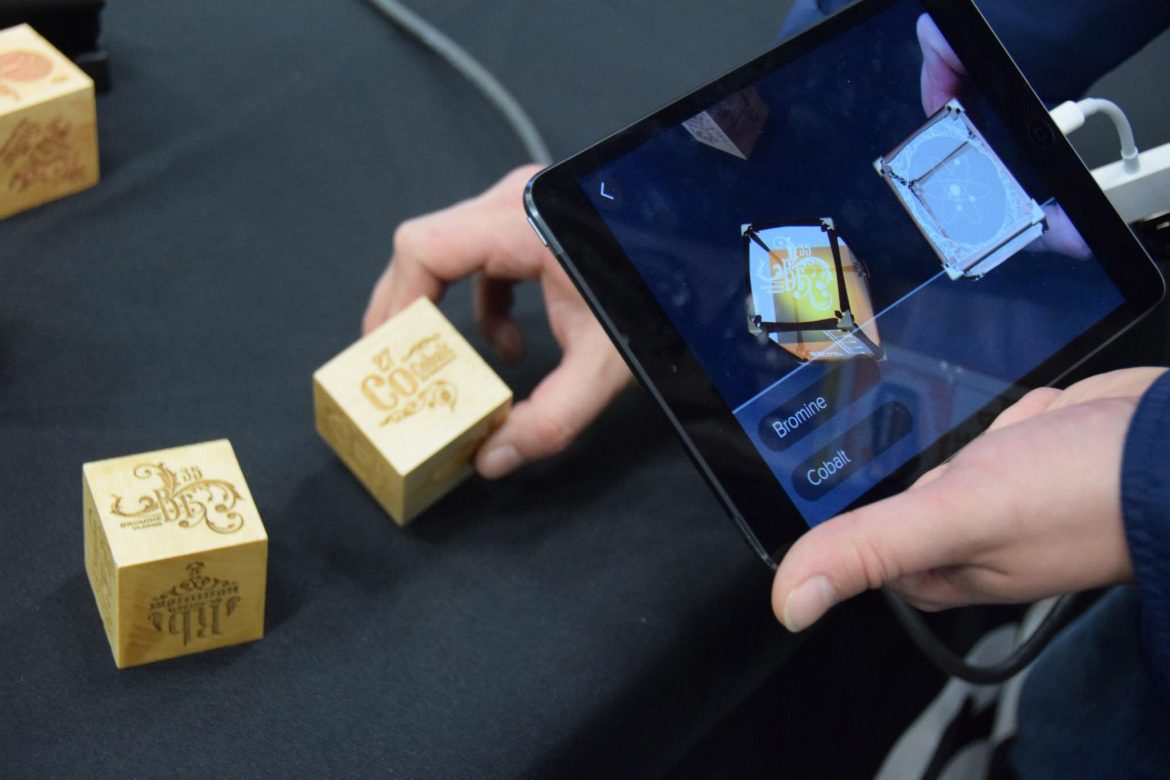Augmented Reality (AR) has emerged as a powerful tool in the realm of education and training, revolutionizing the way we learn, teach, and engage with information. By overlaying digital content onto the physical world, AR enhances learning experiences, fosters interactivity, and enables immersive simulations. In this article, we explore the diverse applications of AR in education and training, examining its benefits, challenges, and future prospects.
Enhancing Learning Experiences
AR technology enriches traditional learning materials by superimposing digital elements, such as 3D models, animations, and interactive simulations, onto the physical environment. This dynamic presentation of information captivates learners’ attention, stimulates their curiosity, and facilitates deeper understanding of complex concepts. Whether used in classrooms, museums, or online platforms, AR enhances learning experiences by providing visual, auditory, and kinesthetic stimuli that cater to diverse learning styles.
Interactive Learning Modules
AR-enabled learning modules offer interactive experiences that engage learners in hands-on exploration and experimentation. For example, in science classes, students can use AR apps to dissect virtual organisms, observe molecular structures, or simulate physics experiments in real-time. This interactive approach encourages active participation, promotes critical thinking, and fosters deeper conceptual understanding compared to passive textbook-based learning.
Virtual Field Trips
AR technology enables virtual field trips that transport students to distant locations, historical landmarks, or inaccessible environments without leaving the classroom. By overlaying informational overlays, audio guides, and immersive 3D reconstructions onto the physical surroundings, AR field trips provide students with enriching experiences that complement traditional lectures and readings. This experiential learning approach fosters cultural awareness, geographic literacy, and empathy for diverse perspectives.
Facilitating Skills Training and Simulation
Beyond traditional education settings, AR technology finds extensive applications in vocational training, professional development, and skills acquisition. By creating realistic simulations and interactive training scenarios, AR enhances hands-on learning experiences, improves task performance, and reduces training time. From medical simulations to industrial maintenance procedures, AR empowers trainees to practice and refine their skills in a safe and controlled environment.
Medical Training Simulations
In healthcare education, AR simulations offer medical students and practitioners realistic scenarios to practice surgical procedures, diagnose illnesses, and perform patient interventions. By overlaying patient anatomy, diagnostic imaging, and procedural guidance onto physical mannequins or simulated environments, AR enhances medical training outcomes, reduces errors, and improves patient safety. Moreover, AR-based training modules enable learners to repeat complex procedures until mastery is achieved, without risk to patients.
Engineering and Maintenance Training
In industries such as aerospace, manufacturing, and automotive, AR technology facilitates training for maintenance technicians, engineers, and service personnel. By overlaying digital instructions, schematics, and troubleshooting guides onto equipment or machinery, AR simplifies complex tasks, accelerates on-the-job training, and minimizes downtime due to maintenance errors. Additionally, AR-enabled remote assistance tools enable experts to provide real-time guidance and support to field technicians, enhancing collaboration and knowledge transfer across distributed teams.
Overcoming Challenges and Future Directions
While AR technology offers immense potential in education and training, several challenges must be addressed to realize its full benefits. These include technical limitations, such as hardware constraints, software compatibility issues, and content development complexities. Moreover, concerns related to privacy, data security, and digital equity must be addressed to ensure equitable access and responsible use of AR technologies in educational settings.
Looking ahead, the future of AR in education and training is promising, with ongoing advancements in hardware capabilities, software development tools, and pedagogical strategies. As AR becomes more accessible and integrated into learning environments, educators, trainers, and instructional designers will continue to explore innovative ways to leverage AR for personalized learning experiences, skill development, and knowledge dissemination.
In conclusion, Augmented Reality (AR) technology is reshaping the landscape of education and training, offering immersive, interactive, and personalized learning experiences. From enhancing traditional classroom instruction to revolutionizing vocational training and professional development, AR holds the potential to empower learners, improve outcomes, and prepare individuals for success in an increasingly digital world. As educators and training professionals embrace AR technology, they will unlock new opportunities for innovation, collaboration, and lifelong learning.

